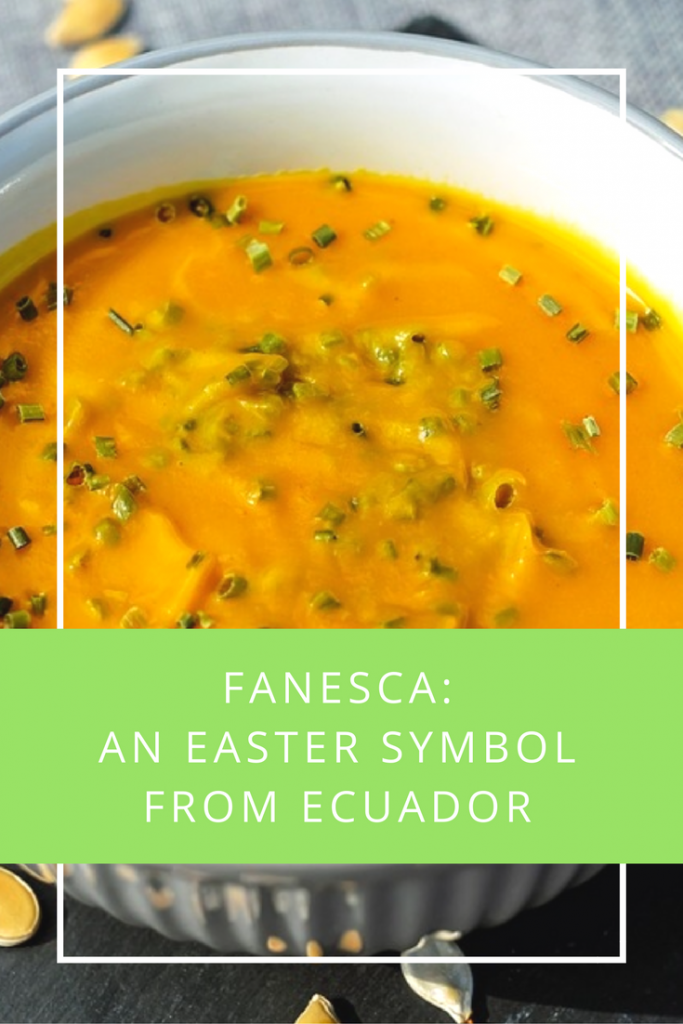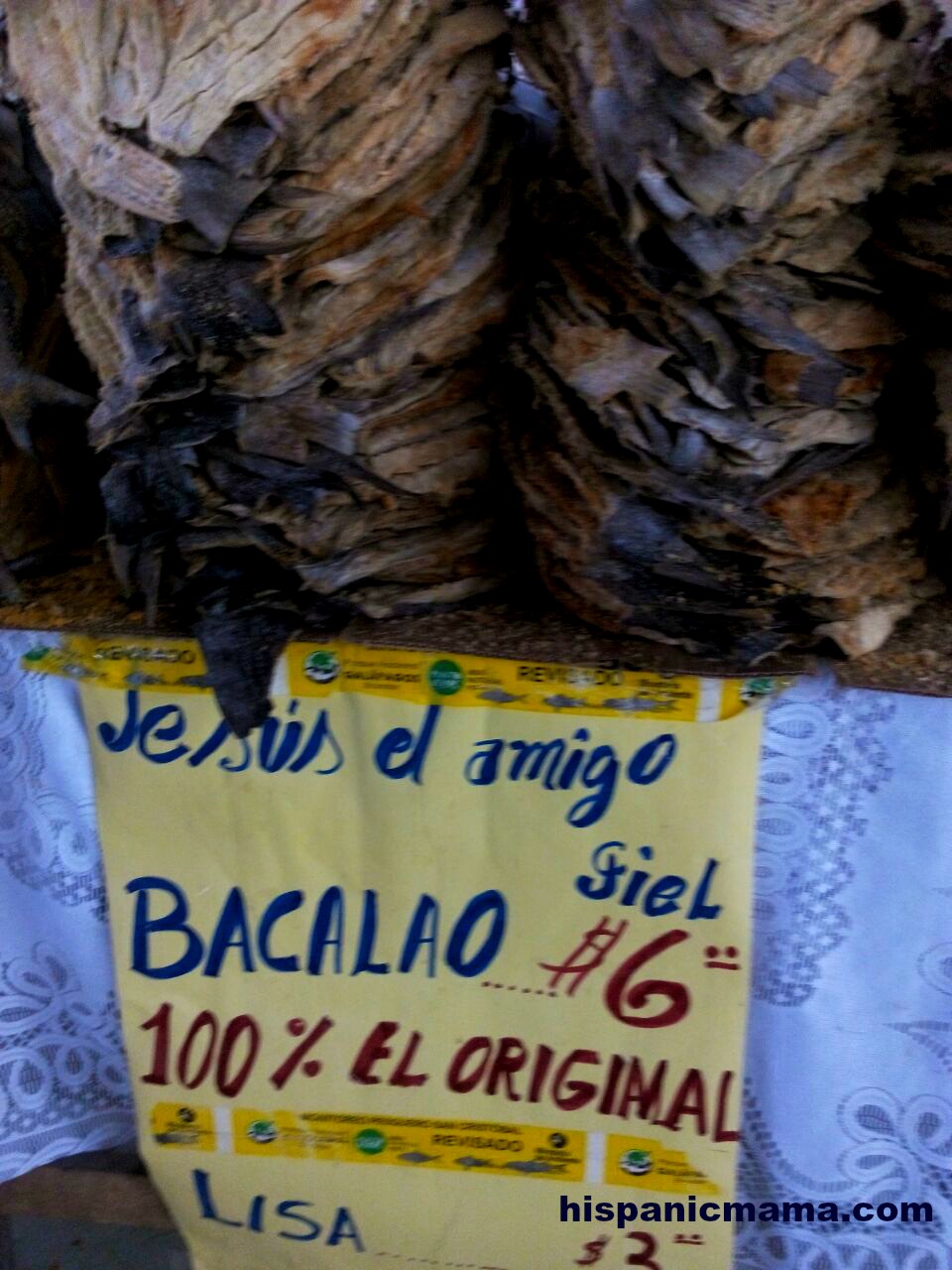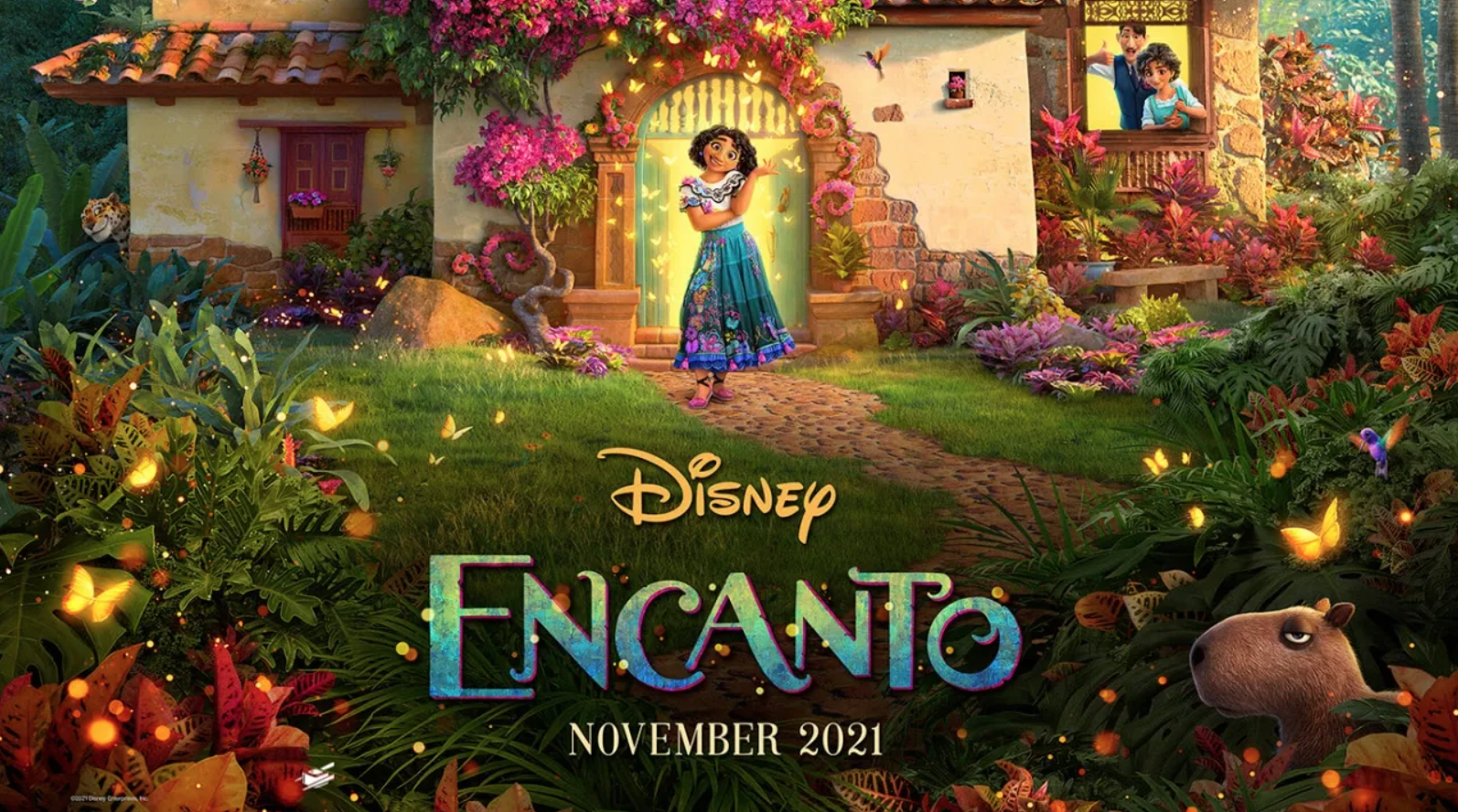
Every year my family attends the Easter festivities at the local park. My kids look forward to fill their colorful basket with eggs and give high fives to the Easter bunny.
After the egg hunt is over, we come back home to eat an attempted Fanesca, an Ecuadorian dish that represents faith, diversity and history.
While Easter eggs and the Easter bunny are the typical Easter symbols in America, the Fanesca epitomizes what Easter is in Ecuador.
This high elaborated dish is only prepared during Semana Santa (the week before Easter.) It is made of fresh grains that come from the Andean highlands of Ecuador.
The twelve main grains represent the twelve apostles. The principal ingredient of the Fanesca is a salty fish that comes from the Coastal area or the Galapagos area. The fish, a traditional symbol of Christianity, represents Christ.

RELATED POST: 7 Christ-Centered Bilingual Books for Easter
The Fanesca is a symbol of the encounter between the Inca and Spanish. Some historians believe that it was a dish that the Spanish conquerors introduced to the Inca and was later merged with the ingredients that were typical from the area.
What I love about the Fanesca is how it brings families together for the preparation and later at the table. Every Easter we attempt to make this traditional soup regardless if we get the right flavor. The thing is, maybe we never will. But, preparing Fanesca is more about the dish, it is a way to teach my children about their Ecuadorian heritage.
As many things in life, sometimes it is not about achieving but about connecting and love.
Wanna try Fanesca? Check out my recipe here.






It seems like a dish I would very much enjoy to eat! Happy Easter to you and your family!
I think you would! It is delicious! Happy Easter to you, too! 🙂
I love the 12 grain representation of the disciples plus Christ symbolized by fish. This is a lovely celebration for a wonderful holiday. PS Your photo is making me hungry. ?
Thanks Lisa! Happy Easter!
I had no idea the soup had all of those symbolic meanings. I was just told that it dated back to when the people honored lent and they couldn’t eat meat so this was the dish they came up. Thanks for sharing the meaning with us. We had it last week (I bought it) unfortunately the authentic soup is not to my kids liking 🙂 but next time we’ll leave out the fish. ~mari
That is cool that you tried it!! Regarding your children not liking it, I have to confess that I never never ever met a child in Ecuador that liked Fanesca! 😉